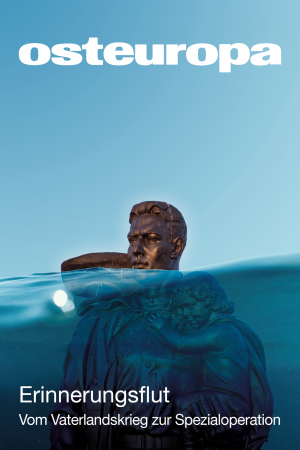Class Struggle against the Clergy
Soviet Policy towards Islam in Kazakhstan 1920–1940
Deutsche Fassung
Abstract
The Soviet regime viewed the Muslim clergy of Central Asia as a threatening countervailing force. In the 1920s, the Bolsheviks still felt compelled to cooperate with the widely respected religious elites in the territory of what is now Kazakhstan. This changed towards the end of the decade. Now, under Stalin, the Communist Party subjected the clergy to massive repression. Initially, it deprived them of the economic and organizational foundations necessary for their activities. In the Great Terror of the second half of the 1930s, many thousands of mullahs, muezzins, qadis, muftis, ulema, imams, and ishans were murdered. While the family and social structure shaped by religious traditions could not be easily destroyed, the Muslim clergy in Kazakhstan had been eliminated as a political and social force by the end of the 1930s.
(Osteuropa 4/2025, pp. 175–194)



